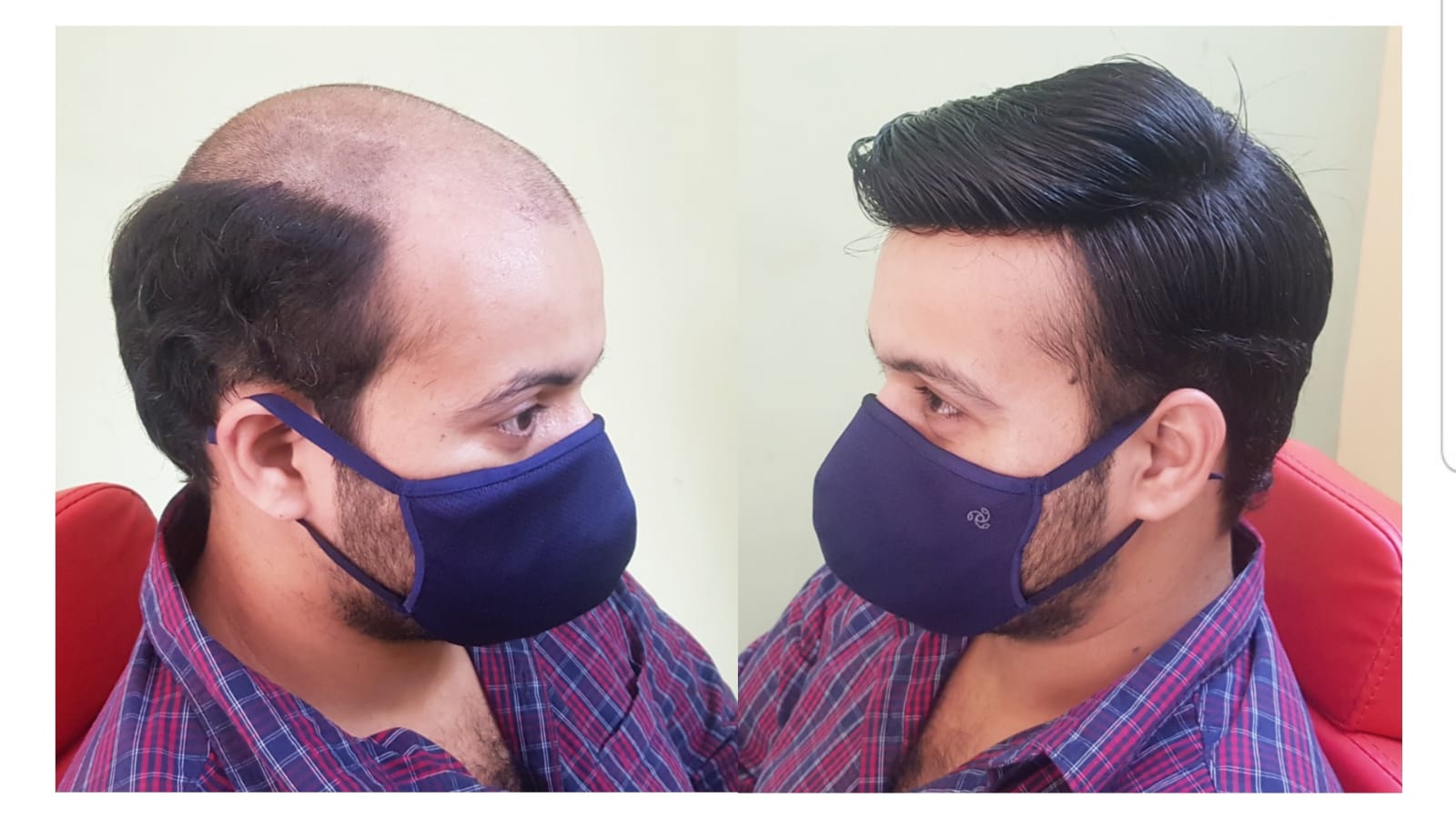Transform Your Look with Hair Fixing: Tips and Techniques for a Flawless Finish
Hair fixing, also known as hair replacement, is a popular technique that has been used for years to restore hair in people experiencing hair loss or thinning. There are different types of hair fixing methods available, and each one comes with its own advantages and disadvantages. In this article, we’ll discuss hair fixing and its types.
Hair fixing is a cosmetic procedure that involves the attachment of hair to a bald or thinning area of the scalp. The technique is typically used by people with male or female pattern baldness, alopecia, or other conditions that cause hair loss. The procedure involves either attaching natural or synthetic hair to the scalp, or transplanting hair from one part of the scalp to another.
Here are the different types of hair fixing methods:
Hair Weaving:
Hair weaving is a non-surgical hair replacement technique that involves attaching hair extensions to the existing hair. The hair extensions are either made of human hair or synthetic hair. A special thread or adhesive is used to attach the hair extensions to the existing hair. The hair extensions can be styled and treated like natural hair.
Hair Bonding:
Hair bonding is another non-surgical hair replacement technique that involves attaching a hairpiece to the scalp using a special adhesive. The hairpiece is made of synthetic or human hair and is customized to match the color and texture of the existing hair. Hair bonding is a temporary solution and needs to be replaced every few weeks or months.
Hair Clipping:
Hair clipping, also known as hair integration, is a non-surgical hair replacement technique that involves attaching a hairpiece to the existing hair using small clips or combs. The hairpiece is made of human hair and is customized to match the color and texture of the existing hair. Hair clipping is a temporary solution and needs to be replaced every few weeks or months.
Hair Transplant:
Hair transplant is a surgical hair replacement technique that involves transplanting hair follicles from one part of the scalp to another. The hair follicles are taken from a donor area, typically the back or sides of the scalp, and transplanted to the bald or thinning area. Hair transplant is a permanent solution to hair loss and provides natural-looking results.
Scalp Reduction:
Scalp reduction is a surgical hair replacement technique that involves removing a bald or thinning area of the scalp and stretching the surrounding hair-bearing skin to cover the area. The procedure is typically performed on the crown of the head and provides permanent results. In conclusion, hair fixing is a popular technique that can help restore hair in people experiencing hair loss or thinning. The choice of hair fixing method depends on the severity of hair loss, the desired results, and the individual’s budget. Hair weaving, hair bonding, and hair clipping are non-surgical options that provide temporary results, while hair transplant and scalp reduction are surgical options that provide permanent results. It is important to consult with a qualified hair specialist to determine the best hair fixing in noida method for your specific needs.
